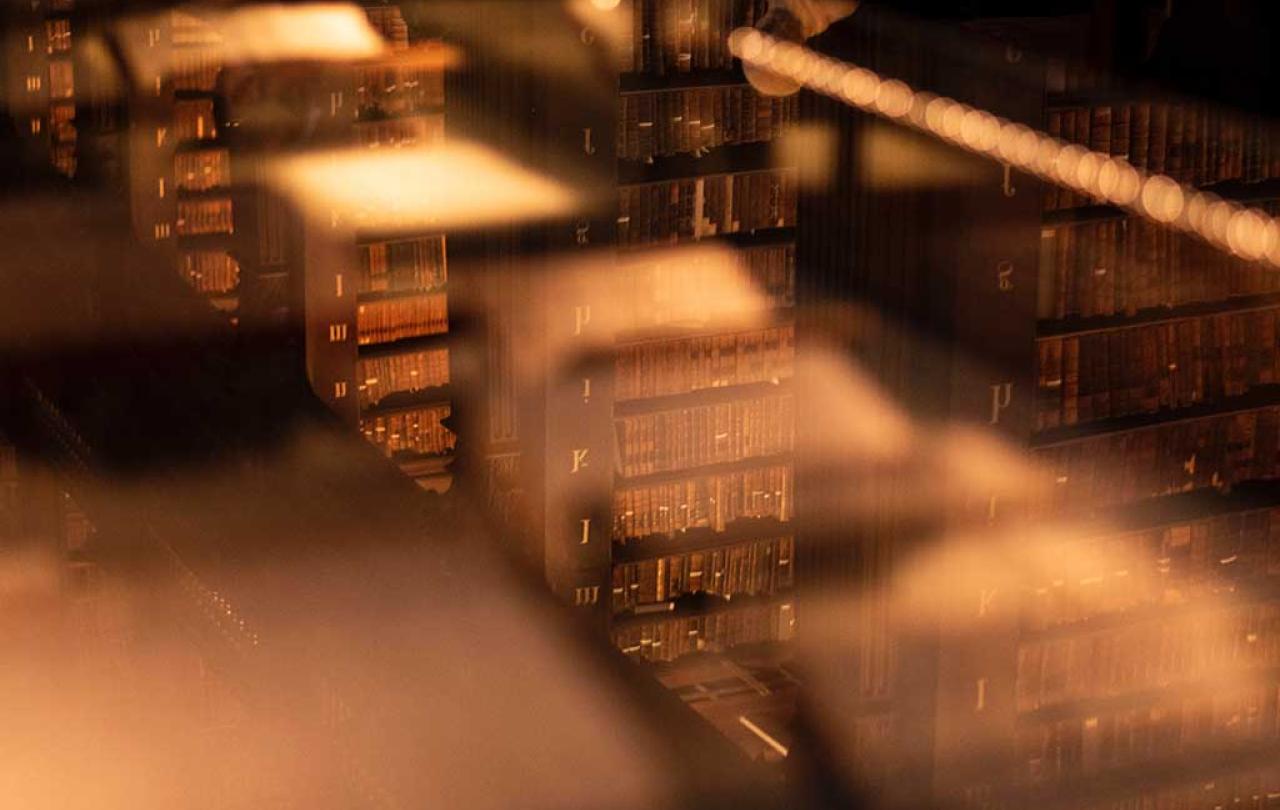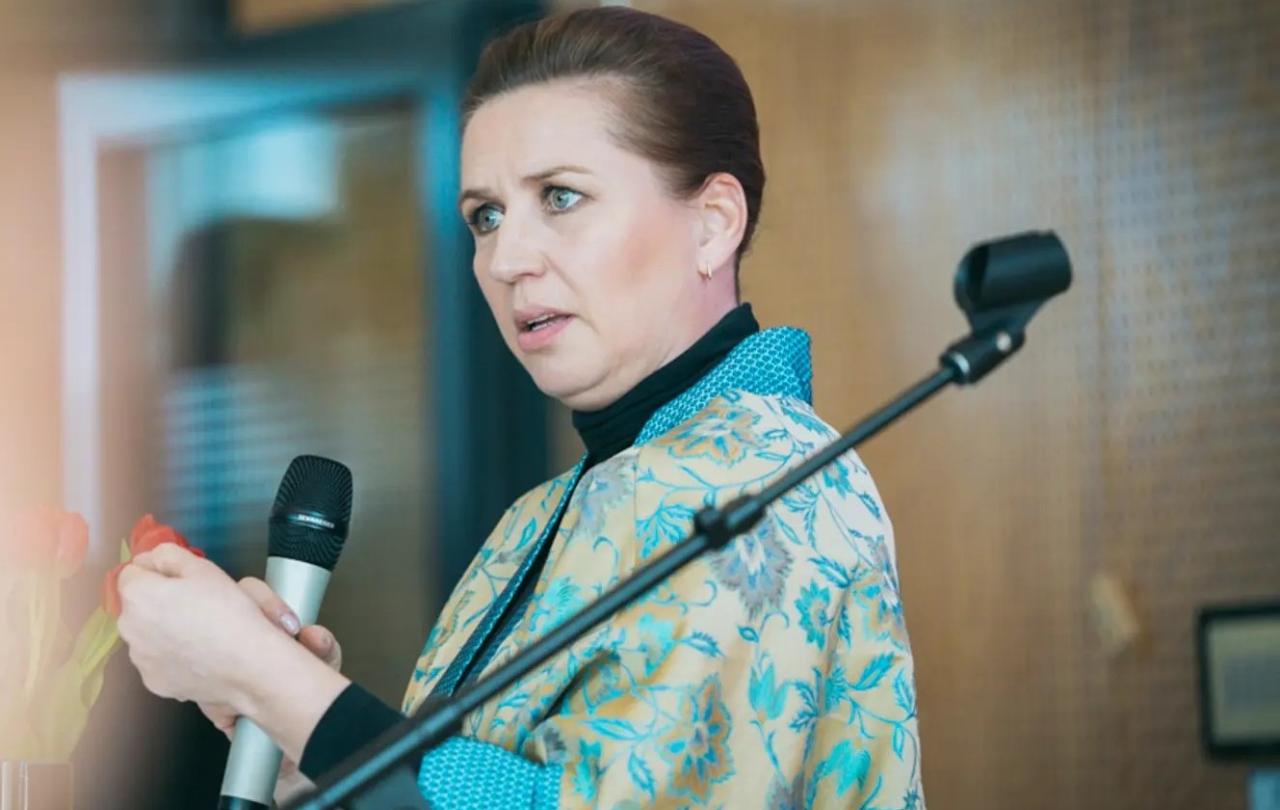
My name is Stefani. I was a committed atheist for almost my entire life. I studied religion to try to figure out how to have spiritual fulfillment without God. I tried writing books on spirituality for agnostics and atheists, but I gave up because the answers were terrible. Two years after completing my PhD, I finally realised that that’s because the answer is God.
Today, I explain how and why I decided to walk into Christian faith.
Here at Seen and Unseen I am publishing a six-article series highlighting key turning points or realisations I made on my walk into faith. It tells my story, and it tells our story too.
For the first 20 years of my life, I thought religion was for stupid and weak people. I carried a copy of Richard Dawkins’s The God Delusion in my purse. I studied science as a way to defeat religion.
But one day, while titrating an iron solution in a laboratory, a sudden realization crashed over me. I remember just staring at the orange solution simmering in the beaker, thinking, “oh no, oh no, oh no, oh no, oh no.”
The realization was that I had dismissed religion as stupid without ever engaging it. I had never even asked religious people what they thought! I had done all this while priding myself on open-mindedness.
This struck me as deeply hypocritical. I had always thought that one of the hallmarks of a good argument was being able to defend the ideas of your enemies. I wasn’t even close.
So, I printed 500 pages from the Zygon Journal of Religion and Science. I sat down with a cup of tea. And after reading just two pages, I set the stack of paper back down on the desk and thumped my head down on top of them.
Oh no.
The theologians had a point!
To seminary
Twelve months later, I dropped my duffel bag on the floor of my new room in Theology House. Theology House was the residence of the most earnest students training to be pastors at the Boston University School of Theology.
I was an atheist, but the seminary administrators gave me the benefit of the doubt when I told them I wanted to be as immersed in the world of faith as possible. We had house-dinner planned for that night, and school was to begin Monday. I couldn’t wait. I was going to get a master’s degree in theology as an atheist.
I spent the next two years proving my old self wrong. It was delightful. Every day was a new opportunity to unearth another bias I didn’t know I had, or to discover another philosophical approach I hadn’t known existed. It was occasionally difficult to let go of certain cherished ideas, but it was more than worth it. The intellectual richness of faith blew my mind over and over.
About six months into my studies, I ran into a secular friend I used to sit around and bash religion with.
“So, what have you learned at seminary?” he asked me, grimacing. I told him the simple but life-changing truth: Christianity is intellectually rigorous. It’s reasonable. It can even be beautiful.
“Did you become a believer?” he asked. “No,” I said, shrugging. “But I’m beginning understand why other people do.”
Why do we believe what we believe?
The most important question I ended up asking at seminary was about the nature of belief itself. I needed to understand: how could my roommates and I all work so hard to be reasonable, but still believe such different things?
Rationality, I learned, is always contextual. All of us would like to think that what we believe—what seems to us the obvious, “rational” conclusion—is the truth. But it’s not. There are eight billion people on this planet and every single one of us thinks we are right about everything.
Each conclusion each of us draws comes from deploying our best possible reasoning to the model of reality that lives in our heads. These models are always under revision; they are the result of the model of one minute ago plus whatever happened in that minute. This process stretches all the way back to before birth, since exposure to different sounds and nutrients in the womb impacted how we began making sense of the world. Then we were born into contexts that came pre-laden with various metaphysical presuppositions, attitudes, and values. Throughout life we did and continue to do our best to reason within these models and to steer their development.
This “best reasoning” is never pure intellect. There is no such thing as reason unbiased by feeling. It is now an accepted scientific fact that thought and feeling are always intertwined.
Indeed, rationality itself may be best thought of as a feeling. The philosopher William James says we deem things true when they give us the “sentiment of rationality”—that is, a feeling of satisfaction or harmony that occurs when an idea fits well with our current model of reality. This doesn’t mean reason and reasonableness don’t exist; it means that, contrary to the popular myth that quality thinking is free of emotion, emotional awareness is a key element of it.
My friends and I were all reasonable while believing different things because we each made sincere effort to improve our reasoning as thought-feelers born into different models of reality. None of us could claim with 100 per cent certainty that we were correct. What we could do was welcome new insights into ourselves, one another, and the world that would help us keep developing our models in the direction of truth.
The path to truth
By the time I graduated from seminary, I hadn’t changed my mind on God. I remained a firm atheist.
But I had learned a crucial lesson: my knowledge and truth claims were far from perfect. If I wanted to say true things or to keep getting closer to the truth—which I very much did, my loyalty to truth still my highest value—I needed to do two things:
First, I needed to keep untangling my own personal history, thoughts, and feelings. Only through self-awareness could I unpack my own biases, hone my capacities to reason amidst emotion, and discern the elements of my worldview worth keeping or leaving behind.
Second, I needed to keep engaging people who were different from me. Only through exposure to new ideas could I expand or develop my own.
Today, my model of reality includes something I thought it never would: God. But this change took twelve years of the most careful, self-aware, humble, prudent, and open-minded quest for truth I could manage.
I’m not done revising the model, and I won’t ever be. God will almost surely remain a part of it, but I’m open to the possibility He will not. I’ll keep learning about myself; I’ll keep learning about others; I’ll keep steering my model as responsibly as I am able.
The ultimate truth of things beats at the heart of all our eight billion different perspectives; the best any of us can do is keep working to beat in harmony with it.
RELATED ARTICLE COMPONENT
https://www.seenandunseen.com/confessions-atheist-philosopher-part-1-born-be-atheist-born-be-anxious
Barney on Belief





